In Conversation with Amanda Gulliver
last updated 27 November 2023
We had the chance to sit down with Amanda Gulliver, one of Bright’s incredibly talented illustrators, and chatted about how she got her start as an illustrator, advice for rookie artists, and her creative process.
“Amanda’s artwork is like an enchanted garden of sugar plums! She is a favorite of our clients as working with her is as wonderful as her art!” - Robbin Brosterman, Amanda’s agent.
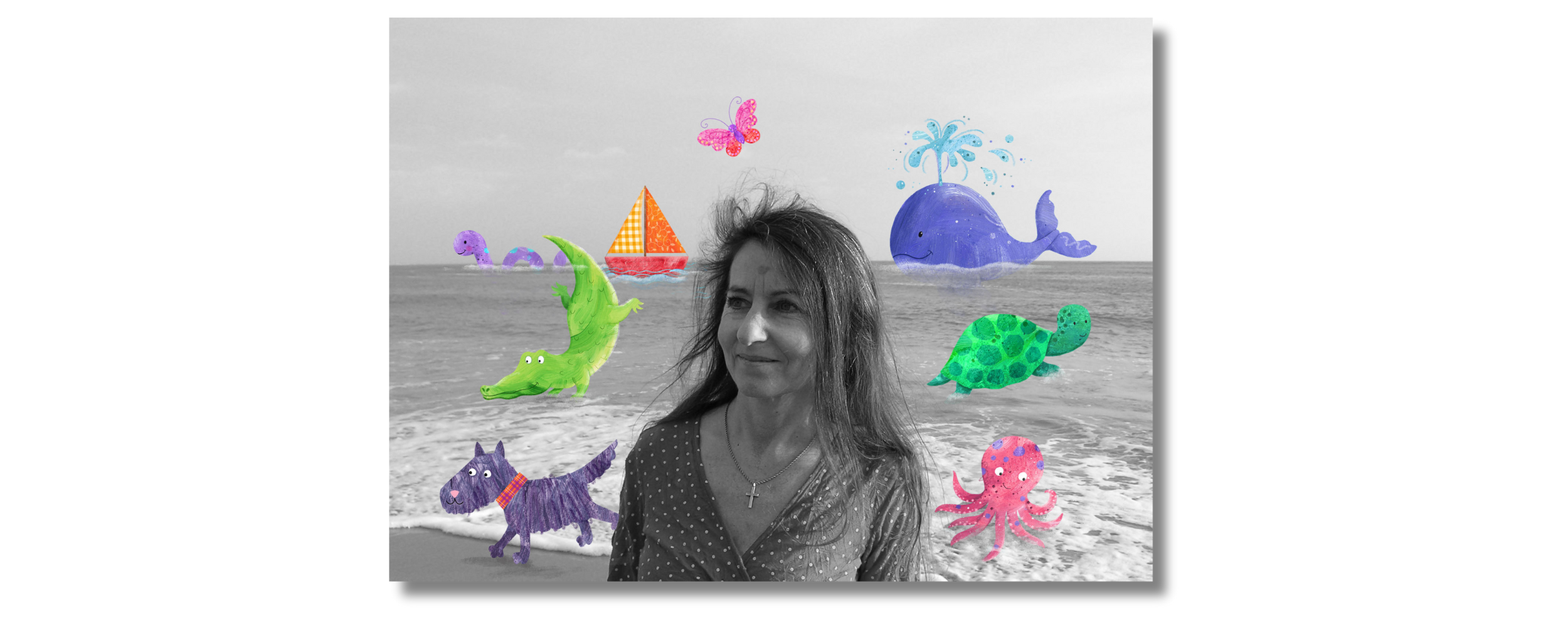
Talk us through your creative process. How do you approach a brief?
To begin with, I’ll read through the brief reflecting on the characters and the setting, and how these could look in my style. I then usually decide what kind of ‘feel’ the work needs and have a think about how I can create some atmosphere. If the brief describes a setting that is a real place, I’ll do some research to find out more about that area.

One of my recent books was about a little turtle and was set in the Savannah, so I spent some time watching the David Attenborough series set in Africa to look for inspiration and ideas. I wanted the backgrounds to look authentic along with the other animal friends that would be included, and was keen to give an African flavour to the turtles home and décor!

I’ll also think about the main characters, what kind of personality they have and how I can translate this into their appearance.

When I’m ready to start, I’ll draw up a very rough set of thumbnail sketches for the whole book to get an idea of composition, so I can make each spread look different. Then, I’ll look at the spreads in more detail. Sometimes I have a definite idea of how I want the illustration to look, and it starts coming together quite quickly. Other times I’m not sure, so I just start drawing and the design evolves as I go. Occasionally, I’ll draw up a couple of options and then decide which looks best.
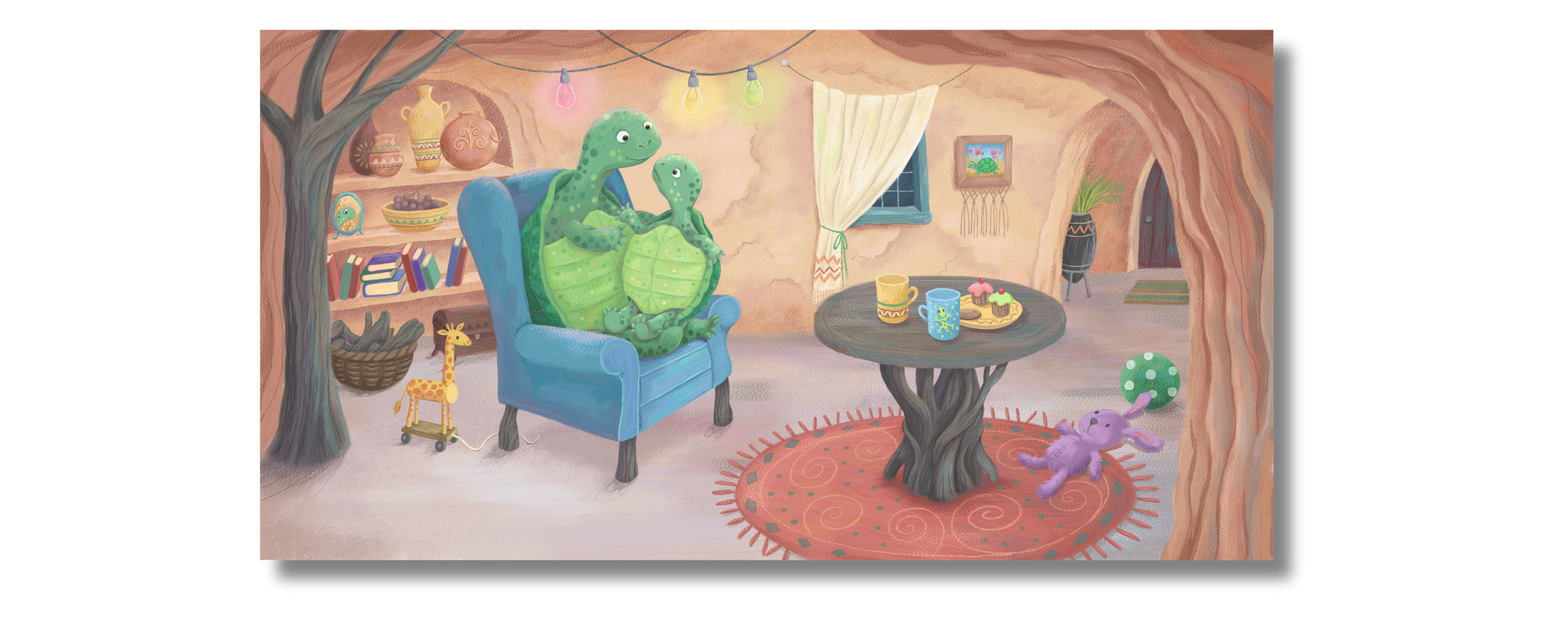
I might take some photos, if there are figures involved, my family are used to me asking them to ‘pose’ for me so I can get an awkward hand or foot position looking better.
Your work is aesthetically unique to you, how do you approach translating your ideas to the page?
My work is always unique to me, although sometimes I’m not quite sure how that happens! I like to try different styles and techniques, to make each book look different, and make it special. I’m always working hard to improve my illustration skills and develop new characters, and I like to try and make the characters look appealing. In my mind, if I can make the characters look fun and friendly, then hopefully the reader will like them too! I usually start off sketching by hand, then scan the roughs into my computer and add the colour from there.
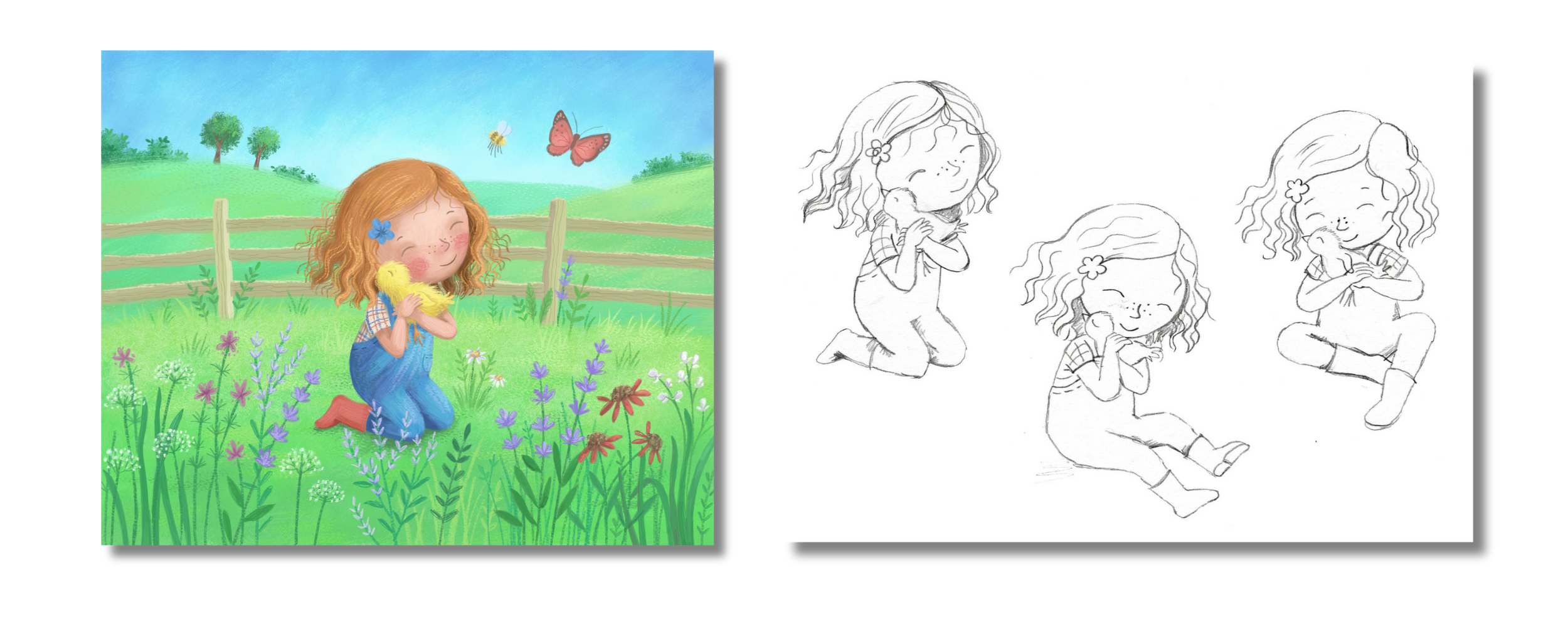
I paint digitally, using the same process on the computer as I would have done on paper. I’ll start with the background, then add the characters and finish off with flourishes and final details. My aim is always to make the finished piece look as though the work has been done by hand, but the beauty of painting digitally is that you can make changes and try different ideas and colours as you go. This is much more difficult with traditional painting, where you risk having to start again from scratch!

I also have a large collection of textures which I’ve hand painted or photographed, and I’ll sometimes incorporate these into my artwork to give a slightly different feel. When I’ve finished a book I like to go over everything to make sure it’s all consistent and I am totally happy with everything before sending it to the client!
Where are you from and how does that translate into your work?
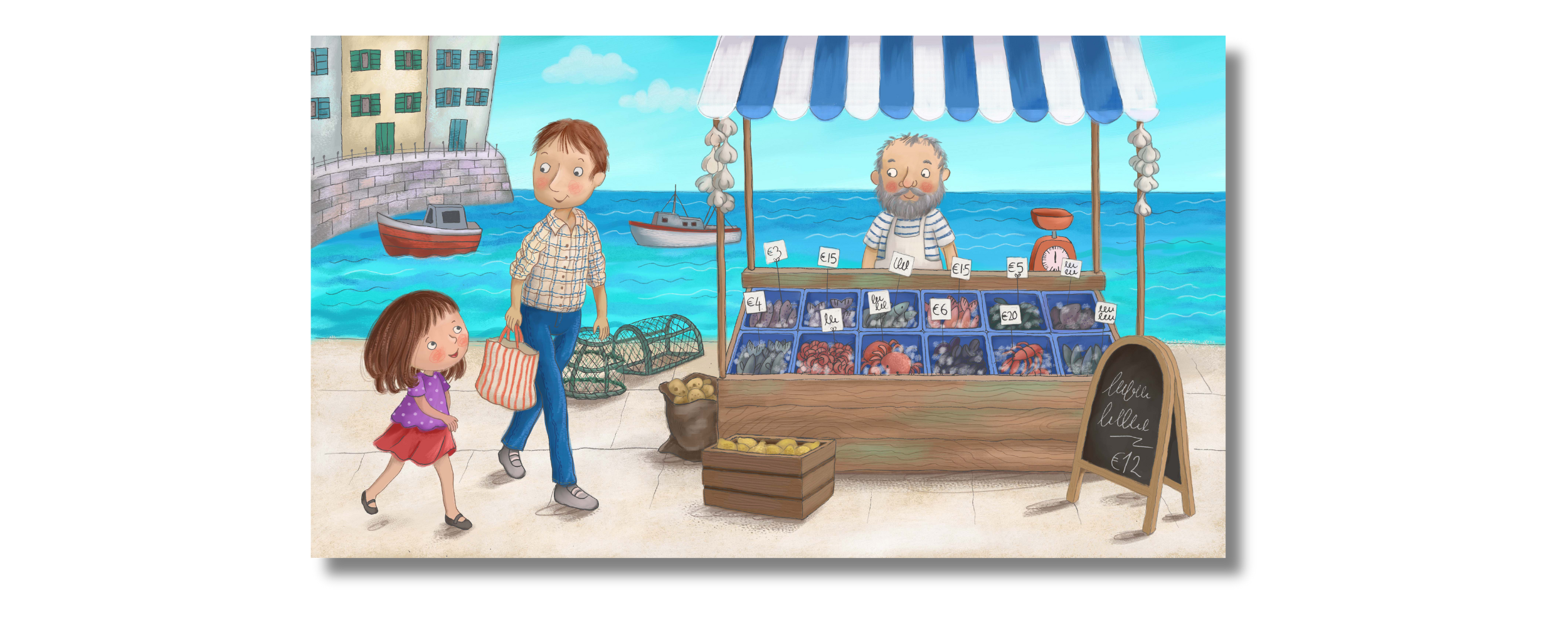
I’m from Staines, which is on the outskirts of London. It’s not especially attractive, so I don’t think it has found its way into my artwork. But, I did go to Art College in Cornwall and now I live in Bournemouth on the south coast of England - both places are much prettier! I’m sure that traditional English towns, villages and farm houses have translated into my artwork, as well as the seaside with the pretty beach huts along the prom. Holidays in Europe, such as France and Spain have also inspired me, as I love the Mediterranean colours and architectural styles of the houses. In Greece, I loved the little whitewashed houses with blue shutters, and in Italy, the amazing grand mansions on the canals in Venice, which I think is my absolute favourite place in the world!
Who or what have been your key influences as an illustrator?

Rakham’s fairytales, as well as the characterful sketches of EH Shepard’s Winnie the Pooh and Wind in the Willows (I loved the stories as well). I adored the Pookie books, beautifully illustrated by Ivy Wallace, about a little rabbit with wings, and the bright colours and textures of Eric Carle (who couldn’t love those!). I also love the great 19th century impressionist painters, especially Monet. I’ve visited his house and gardens in Giverny, France, and had my photo taken on the little bridge that appears in some of his paintings!
How did you begin illustration?

After Art College I began working for a publishing company in London as a designer. The security of a proper job seemed like a better option at the time, rather than being an illustrator, but I wasn’t sure I wanted to give that up yet. I managed to get my first illustration job quite quickly, it was for a book illustrating Japanese gardens. But, sadly, after sending my work to the publisher, they went bankrupt. I didnt get paid or see my illustrations again, so it was not a great introduction to the world of illustration! I then had a think about getting an agent, and after arranging a meeting, I took my huge portfolio to meet said Agent (I won’t name them!). He arrived back from the pub, an hour later than arranged, completely drunk, slurring his words and unable to stand up, and told me to come back another day! So I gave up the idea of getting an agent for a while, and managed to get a few more commissions on my own, mainly of dinosaurs and pre-historic animals.
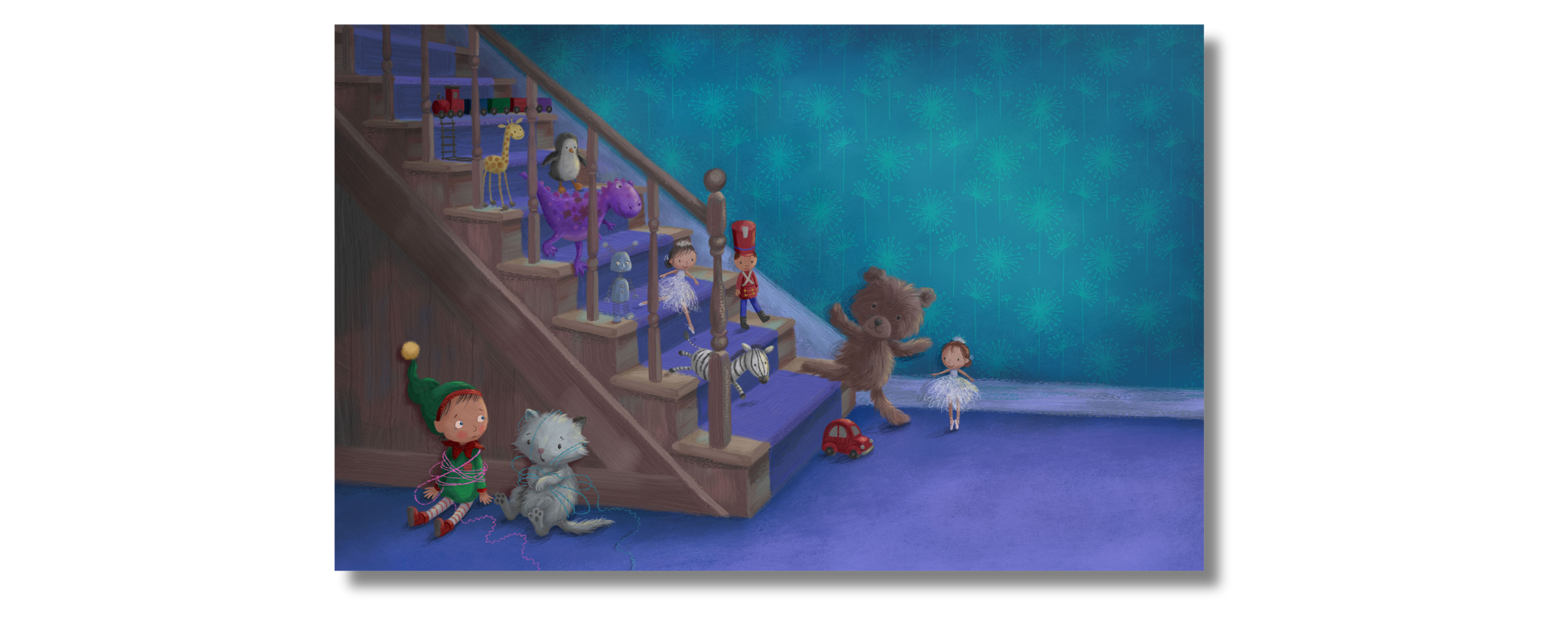
My art college training focused on natural history illustration so I was quite good at that. Later on, I wanted a change of direction and moved into children’s publishing. I became a managing designer for Usborne publishing, and for a while immersed myself in children’s book design. Here, I discovered that I really loved working on children’s books, rather than those for the adult market. I had the chance to illustrate a few books while I was there, which is when I started to think about possibly pursuing illustration again. So, I decided to make the big leap from design to illustration. I started by illustrating a series of my own greeting cards, which I had printed up, and began selling them in shops and at the big trade fairs. I had some success, but quickly decided that selling wasn’t something I enjoyed or was very good at, which is when I joined Bright. (Who are way more professional than the original agent I saw!)
What’s your favorite part of the illustration process?

My favourite part of the illustration process is about three quarters of the way through the finished colour, when it’s just starting to come together as a final piece. I am often completely engrossed at this stage and I feel like I just want to keep going. I don’t always hear the telephone, sometimes I’ve been late collecting my kids from school, and sometimes I even forget to eat!
To an up-and-coming artist, what’s one piece of advice you would give?
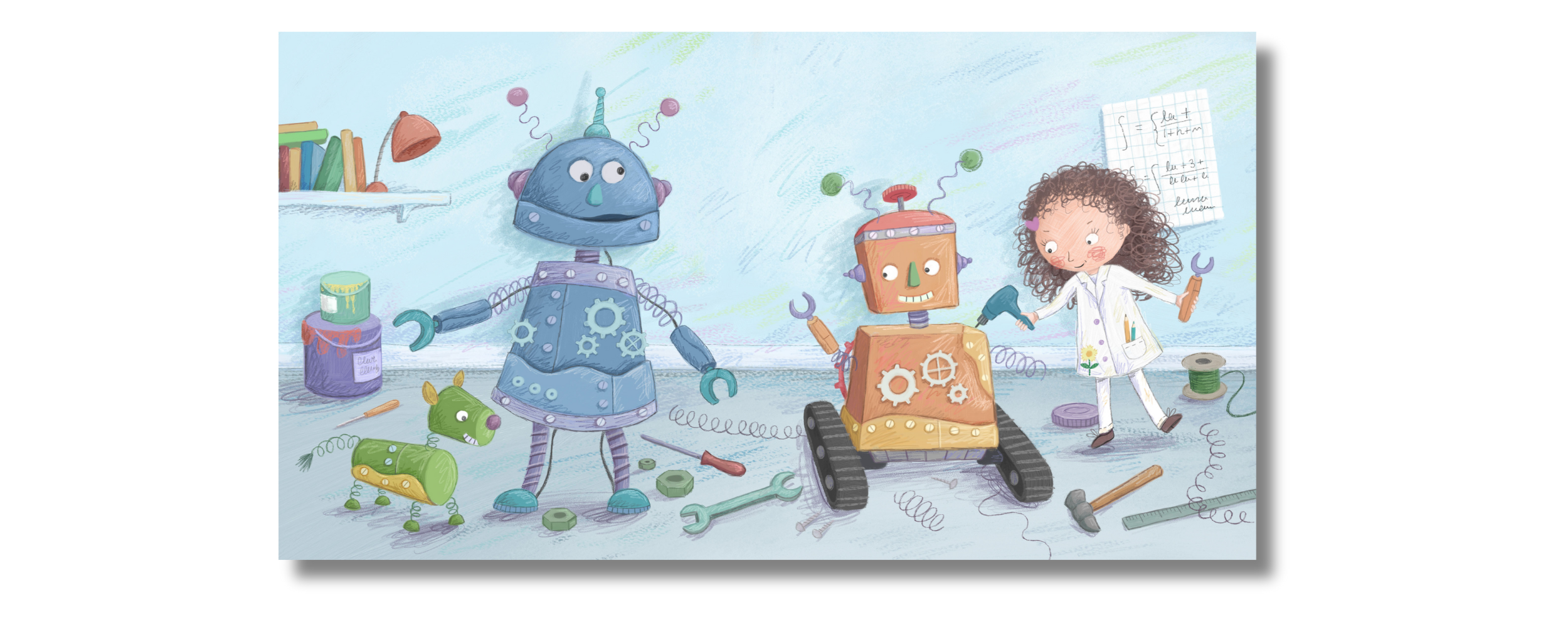
My advice would be to keep on going if it’s your dream. I think you do need a bit of talent to begin with but then also alot of hard work, practice and patience to become a professional illustrator.
What would be your dream brief?

I enjoy picture books the most, and I love illustrating animals, dragons, fairies and mermaids, and outdoor scenes especially those that are set at night or in the snow so I can give lots of atmosphere. So perhaps a story about a fox and a fairy in a magical forest? Or maybe a mermaid and a mouse?
To work with Amanda, get in touch with Robbin here.